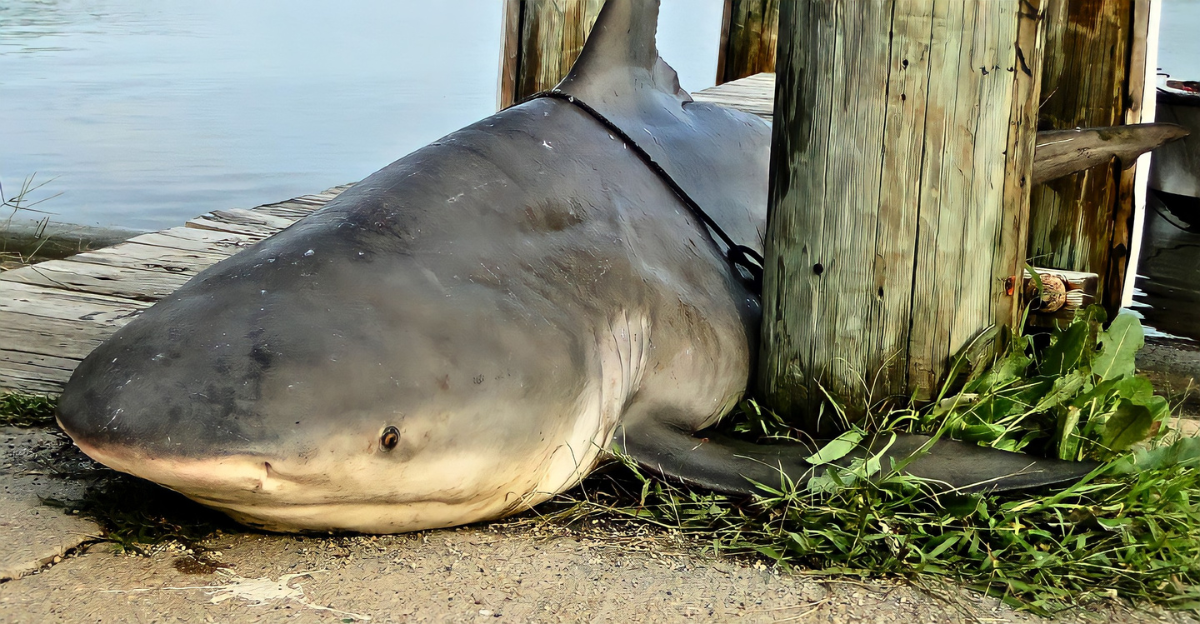
Sharks in rivers sound like urban legend, yet bull sharks—one of the most aggressive marine predators—have been confirmed in the Mississippi River. Though rare, these encounters raise questions about how far sharks can travel and how they survive in unexpected places, according to the National Wildlife Federation and National Geographic.
For river communities, the thought of sharks highlights nature’s adaptability. It also reminds us that safety awareness and education are vital in understanding and respecting the river’s power.
The Giant Highway Beneath Us

The Mississippi River is America’s watery backbone, stretching more than 2,300 miles from Minnesota to the Gulf of Mexico. It powers industries, moves commerce, and provides fishing and recreation opportunities, according to the U.S. Geological Survey.
This “giant highway” carries countless species, some surprising. While most assume sharks belong only in oceans, this corridor occasionally welcomes bull sharks—proof that nature blurs boundaries. This unexpected guest sets the stage for exploring how these predators thrive inland.
Sharks Don’t Belong Here—Or Do They?
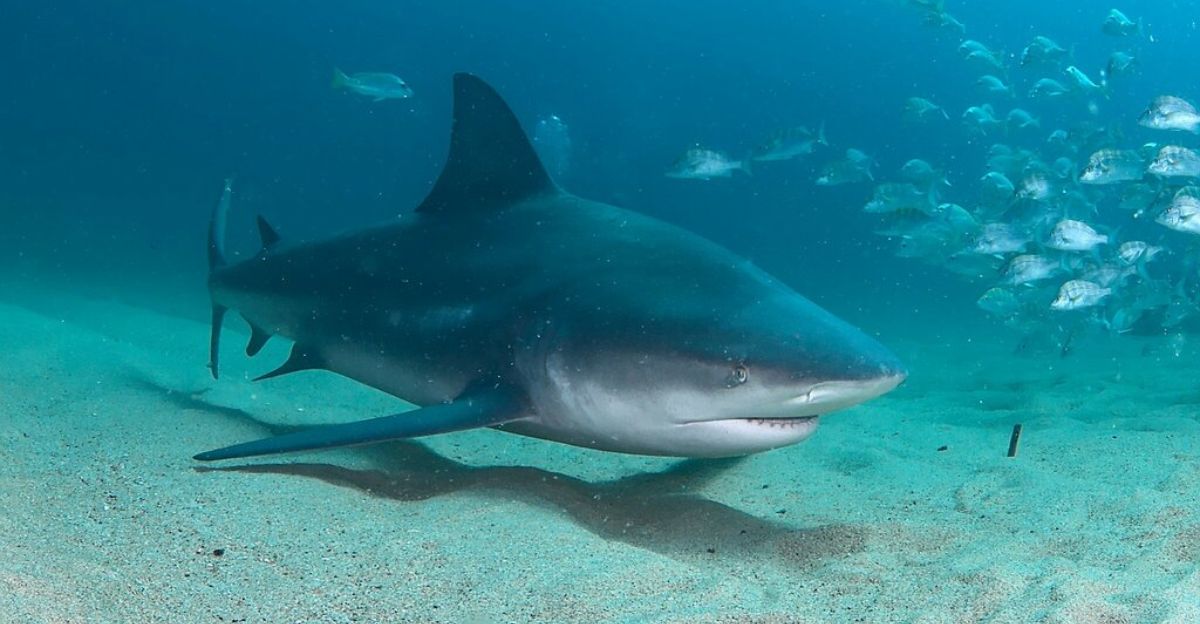
Movies, news, and school lessons teach us that sharks are ocean dwellers. For most people, rivers feel like shark-free sanctuaries. That belief holds until history and science suggest otherwise, showing exceptions that challenge what we think we know.
Bull sharks have proven that boundary wrong. With rare abilities, they sometimes thrive far from saltwater. The Mississippi is one example where their presence has startled both scientists and residents, reminding us nature often defies expectations.
Rare but Verified: Two Landmark Cases
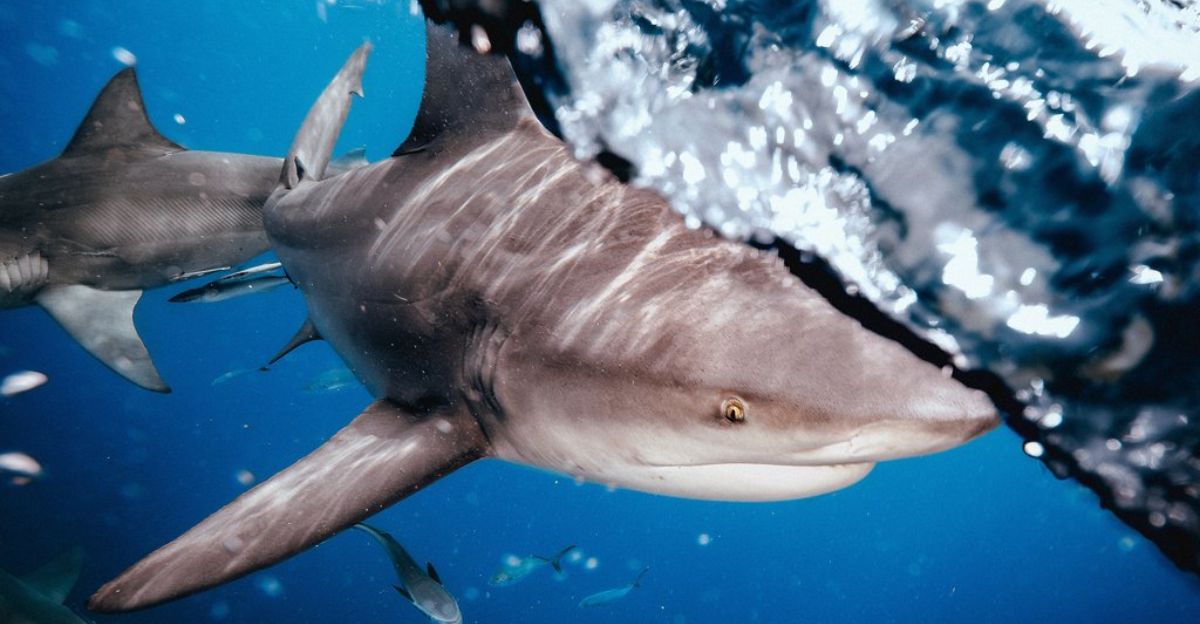
Bull sharks in the Mississippi aren’t just folklore. Two confirmed cases stand out—one in Alton, Illinois (1937) and another near the Rush Island Power Station in Missouri (1995). Both occurred well upstream of St. Louis, over 1,160 river miles from the Gulf of Mexico.
The Alton capture was officially recognized and even photographed, leaving no doubt these encounters were real. Together, they prove bull sharks can push deep into America’s inland waters.
The Global Track Record

Bull sharks aren’t confined to North America. They’ve been documented nearly 3,700 kilometers (2,220 miles) up the Amazon River in Peru—one of the longest freshwater penetrations ever recorded for a large marine predator.
These feats highlight just how adaptable the species is. Whether it’s South America or the U.S. Midwest, bull sharks continue to defy expectations about where top predators can survive and thrive.
The Hidden Traveler Problem

Scientists still don’t know how bull sharks navigate barriers like locks and dams. Their habit of swimming close to the bottom, combined with rivers’ murky visibility, means they could be present without anyone noticing.
This raises questions about how many upriver sharks remain undetected. Until research fills those gaps, confirmed sightings may only scratch the surface of their true inland presence.
What the Numbers Say About Risk
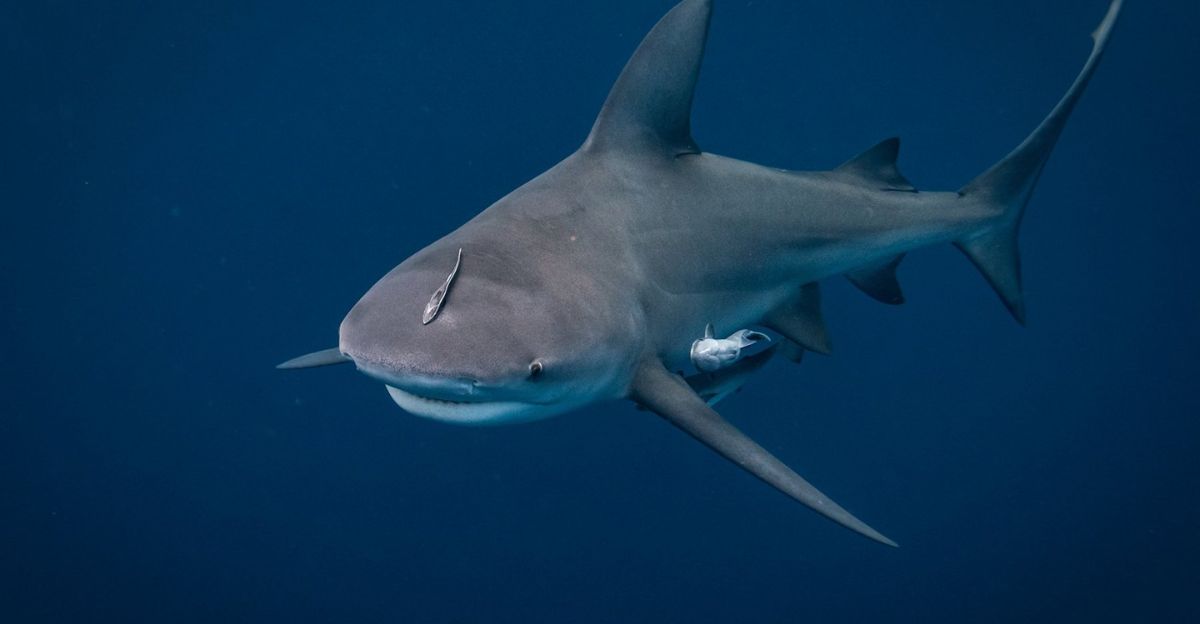
Globally, bull sharks have been linked to 119 unprovoked attacks, with 93 non-fatal and 26 fatal cases. While Mississippi encounters remain extremely rare, the species’ track record explains why experts consider them one of the more dangerous sharks.
Still, most inland sharks keep their distance from humans. The danger is real but localized, more relevant where people frequently swim, wade, or work in coastal and estuarine waters.
Dollars on the Line: Community Costs
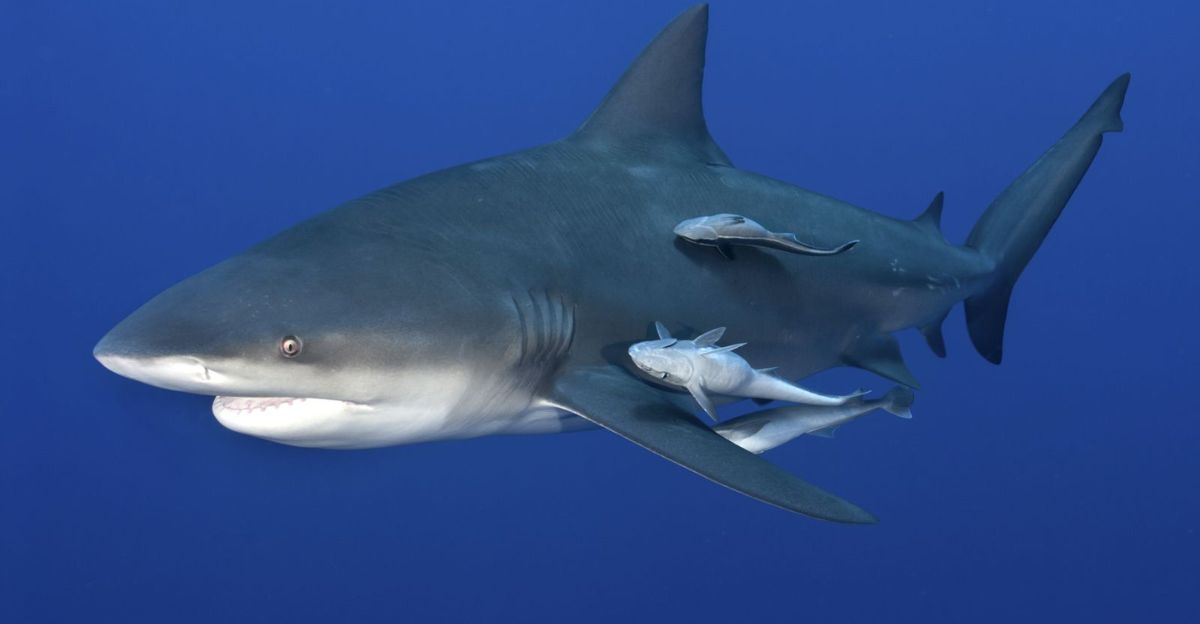
If inland shark alerts rise, riverfront cities may face unexpected bills. Installing “Shark Aware” signage and updating safety protocols could run $100,000–$300,000 per city. Spread across 10–20 communities, that’s $1–6 million in new safety spending within a year or two.
For small municipalities, these costs add up fast. Even if actual shark encounters remain rare, the financial ripple effect of public perception alone could be significant.
Industry Impacts: Utilities on Guard
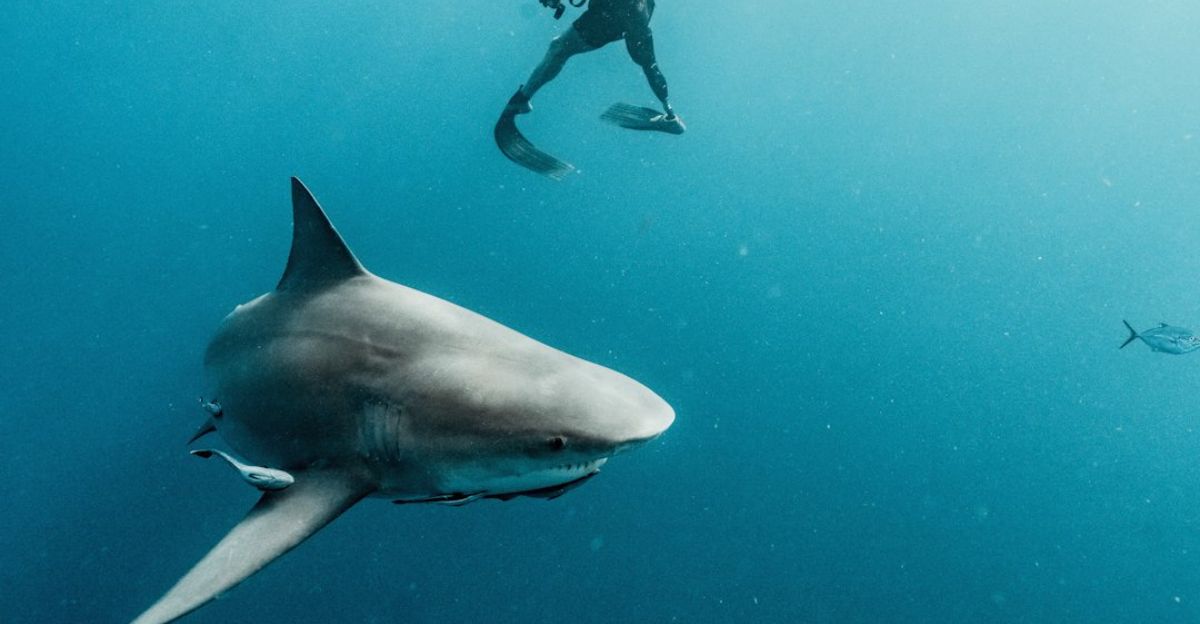
Power plants and other facilities with big river intakes may need to adapt. Adding finer screening and monitoring systems could cost $250,000–$750,000 per site. With five to seven priority sites along the river, total spending could hit $1.25–$5.25 million.
While sharks aren’t top of mind for utilities, these predators may prompt infrastructure upgrades that overlap with broader fish and debris management needs.
Insurance Fallout on River Events
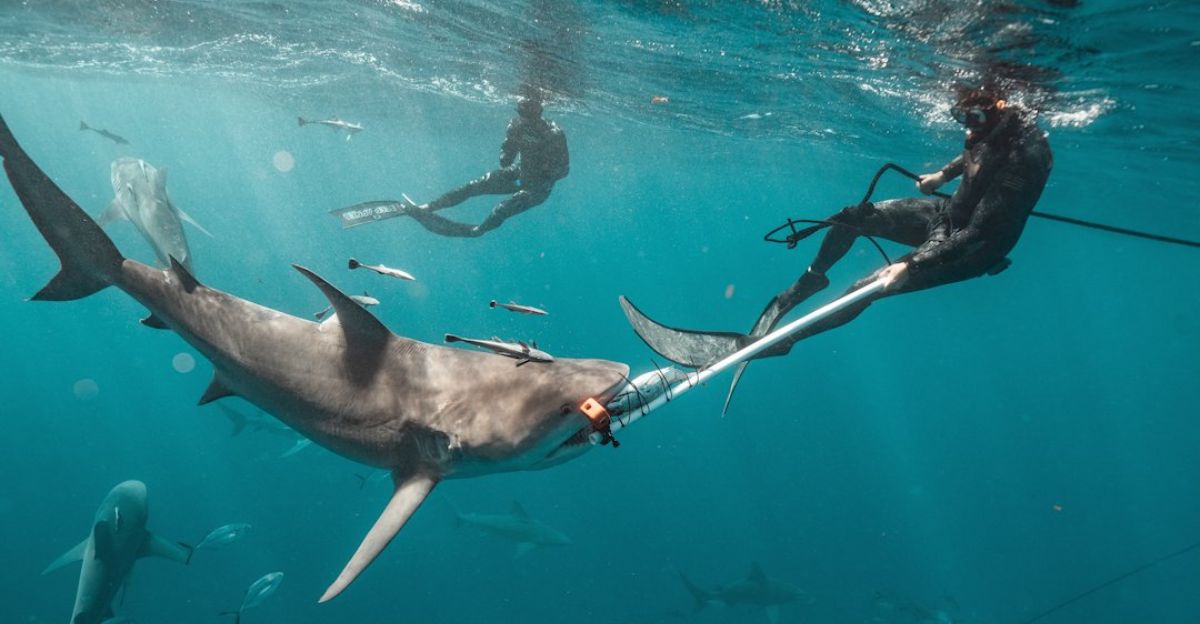
Even a single confirmed shark sighting upriver could nudge insurance markets. Swim event organizers might see premiums jump 10–25 percent, with 20 medium-size events facing added annual costs in the tens to hundreds of thousands.
For communities that rely on festivals and riverfront recreation, this subtle financial pressure could shape planning decisions long after the sharks have moved on.
Euryhaline Marvel: Bull Sharks’ Secret Weapon
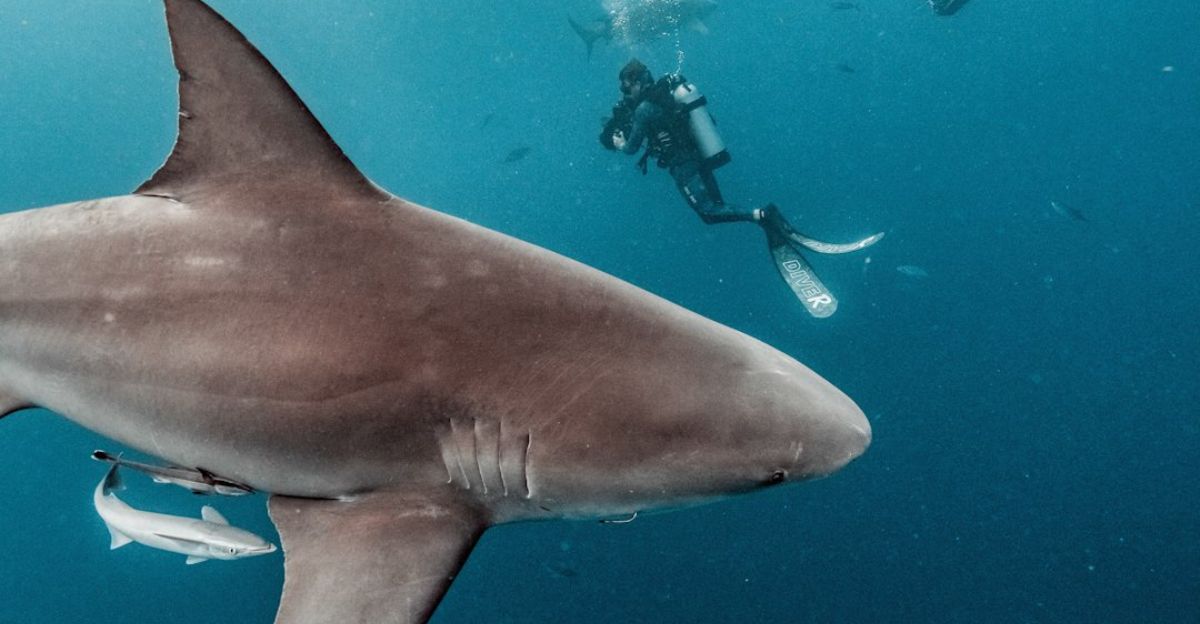
What makes bull sharks special is their rare euryhaline adaptability, a biological trait that allows them to live in both saltwater and freshwater. This is a survival edge most sharks lack, according to the Florida Museum of Natural History.
It’s this ability that lets them swim hundreds of miles upriver. Unlike other large shark species, they exploit environments far from the coast, slipping into waters few would expect. This flexibility sets them apart in the shark world.
Brains Behind the Brawn: Salt Regulation
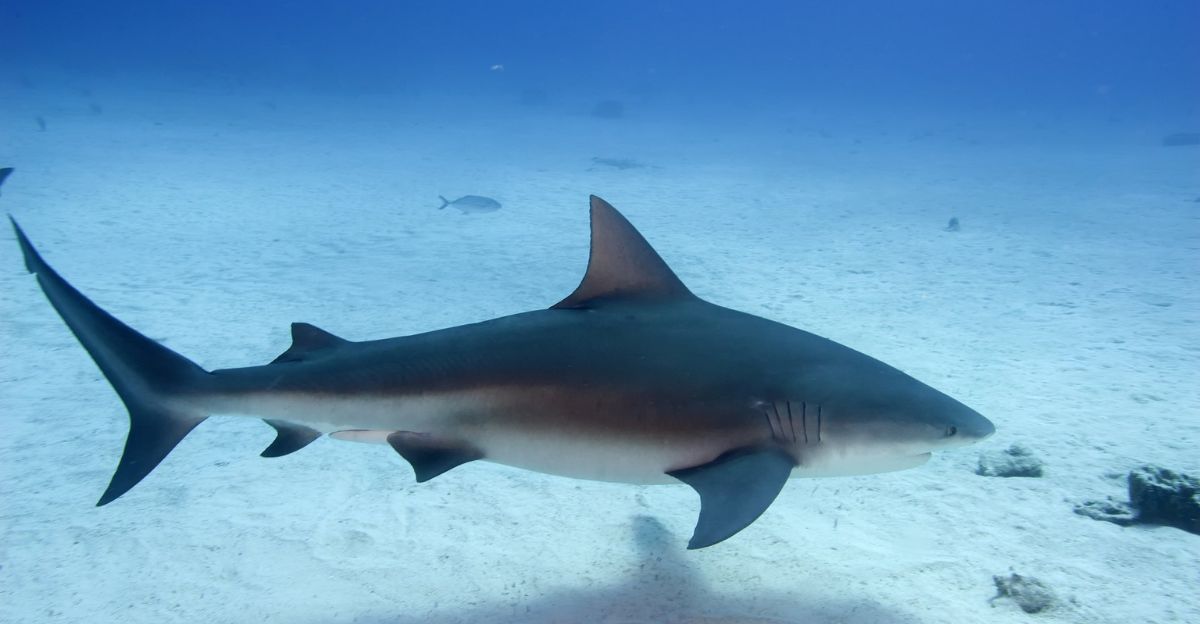
Bull sharks survive freshwater thanks to osmoregulation. Their kidneys, livers, and gills adjust salt and water levels to handle sudden changes in habitat, according to Smithsonian Ocean. Without this system, they would quickly die outside the sea.
This physiological trick allows them to thrive across oceans, estuaries, and rivers. It’s an elegant solution to a survival puzzle, helping them move between worlds while other sharks remain stuck on the coastline. This balance makes them true river survivors.
Built for the Job: Physical Profile
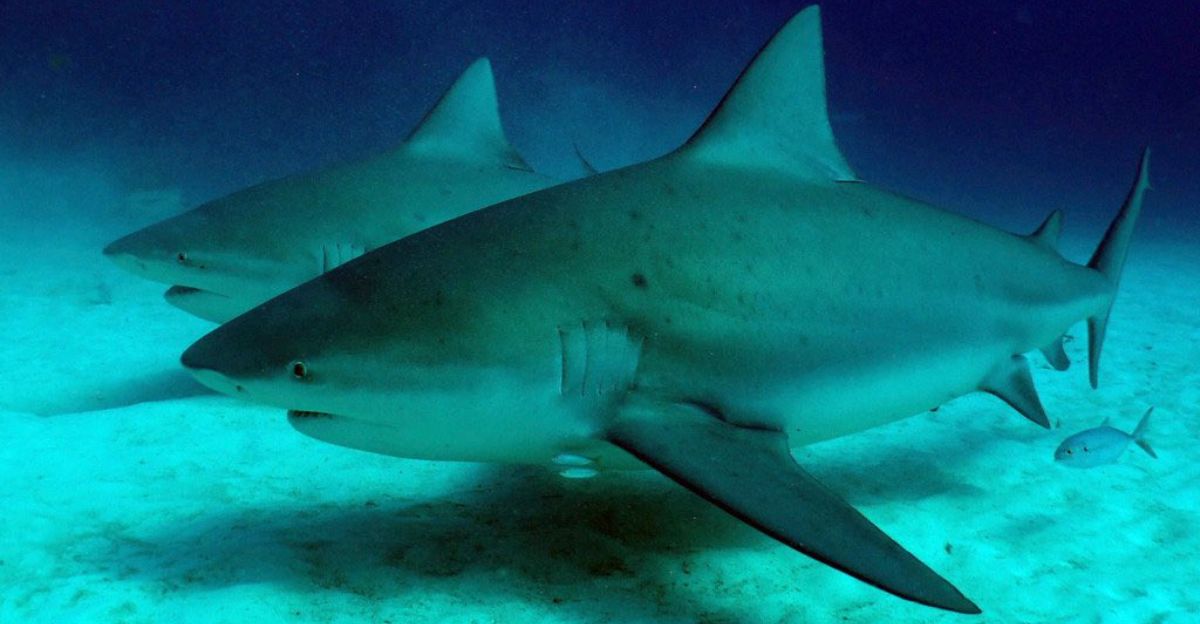
Bull sharks are built like tanks. With broad snouts, gray backs, and white undersides, they blend into shallow waters. Adults can grow over 11 feet long and weigh several hundred pounds, according to National Geographic.
This physical power makes them formidable hunters. In rivers, where waters shift and visibility drops, their stocky build and explosive speed keep them in control. They aren’t just visitors to these waters—they’re predators perfectly suited to dominate them.
Masters of Murk: Habitat Preferences
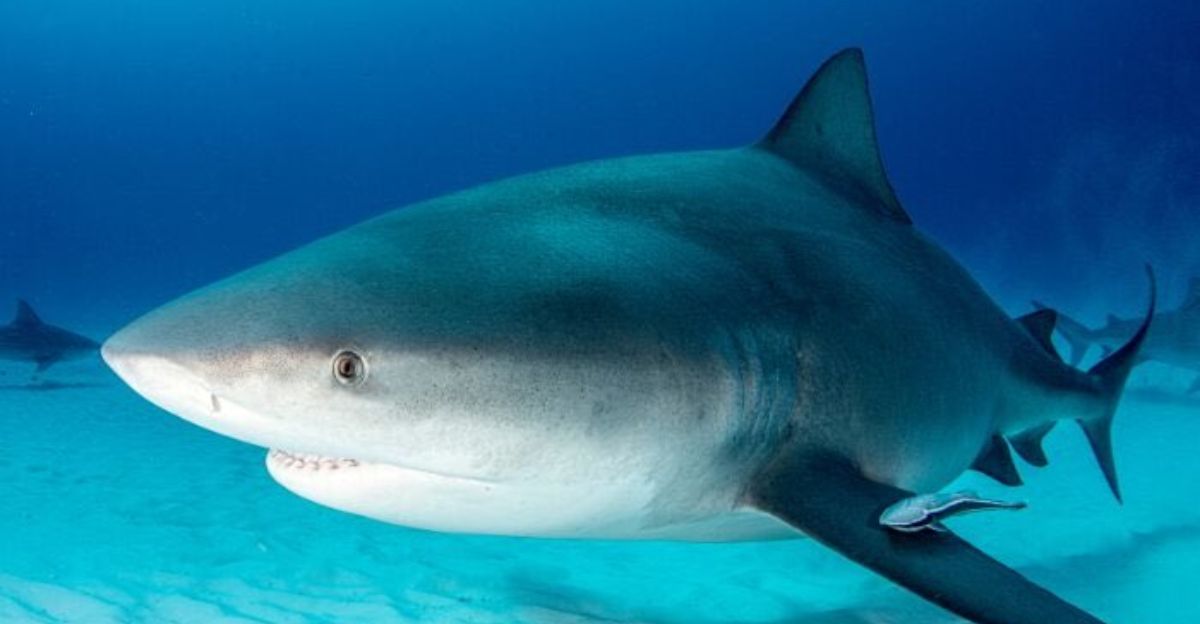
Bull sharks thrive in estuaries, bays, and rivers, preferring shallow, turbid waters where visibility is low, according to the National Wildlife Federation. This makes them experts at ambush hunting.
Their choice of murky habitats also explains why they occasionally appear in rivers like the Mississippi. By using concealment and patience, they surprise prey and adapt to unpredictable surroundings. These waters provide both safety and opportunity, allowing bull sharks to expand their range inland.
Adaptable Eaters: The Bull Shark Diet
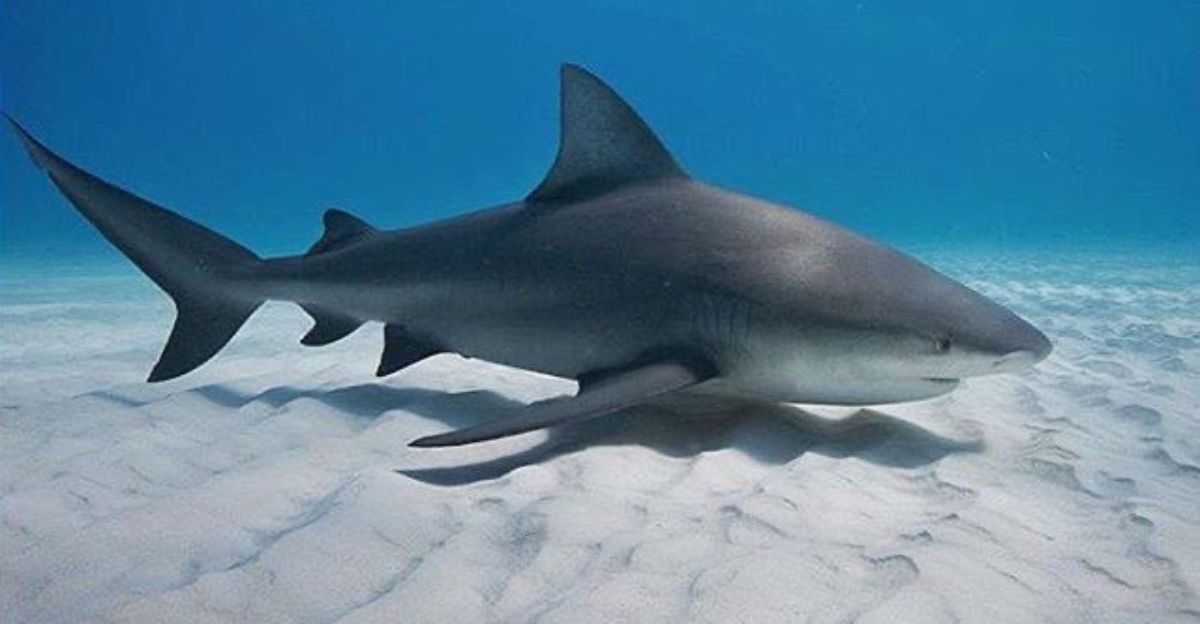
Bull sharks eat what’s available. Their menu includes fish, turtles, birds, and sometimes small mammals, according to National Geographic. This varied diet supports their survival in environments far from their oceanic home.
This opportunistic approach makes them top predators in rivers. By consuming a wide range of prey, they maintain strength and stability across different habitats. Their eating habits help explain why they are capable of living in freshwater environments like the Mississippi.
Constant Movement: Bull Shark Life Cycle
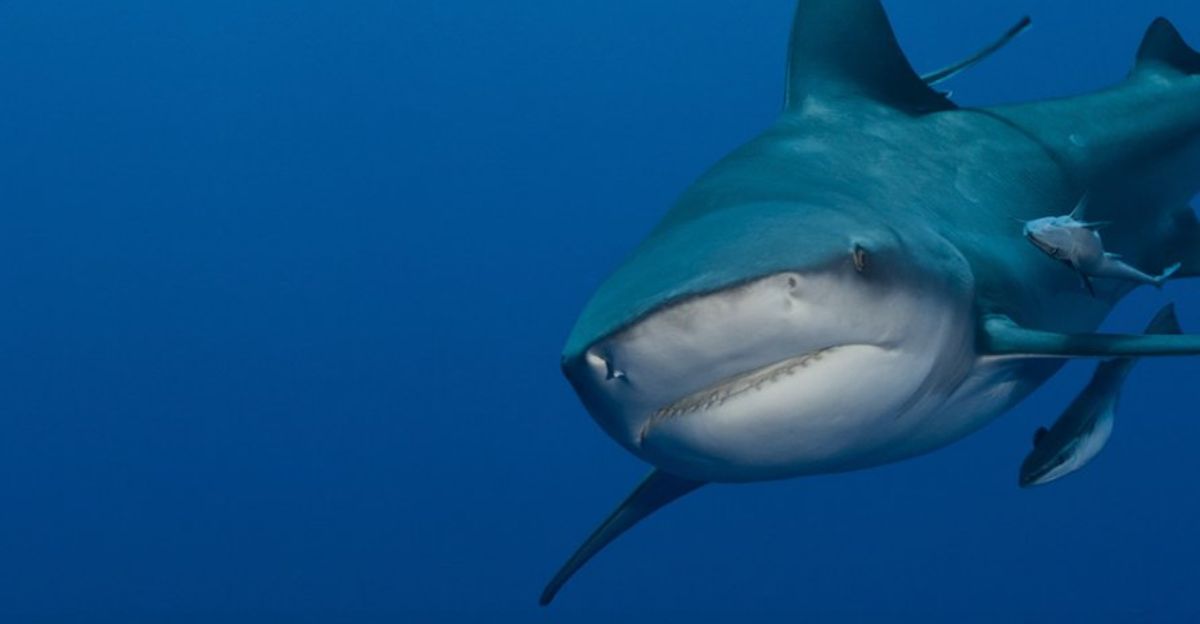
Bull sharks are born in estuaries where brackish waters protect young sharks from larger predators, according to Smithsonian Ocean. These nurseries offer shelter and food during vulnerable early years.
As they grow, juveniles may travel upriver, while adults often move between rivers and the ocean. This back-and-forth life strategy ensures access to food and breeding opportunities, showcasing an adaptability few predators share. Their life cycle keeps rivers tied to the wider marine world.
Climate Change: Shifting Shark Frontiers
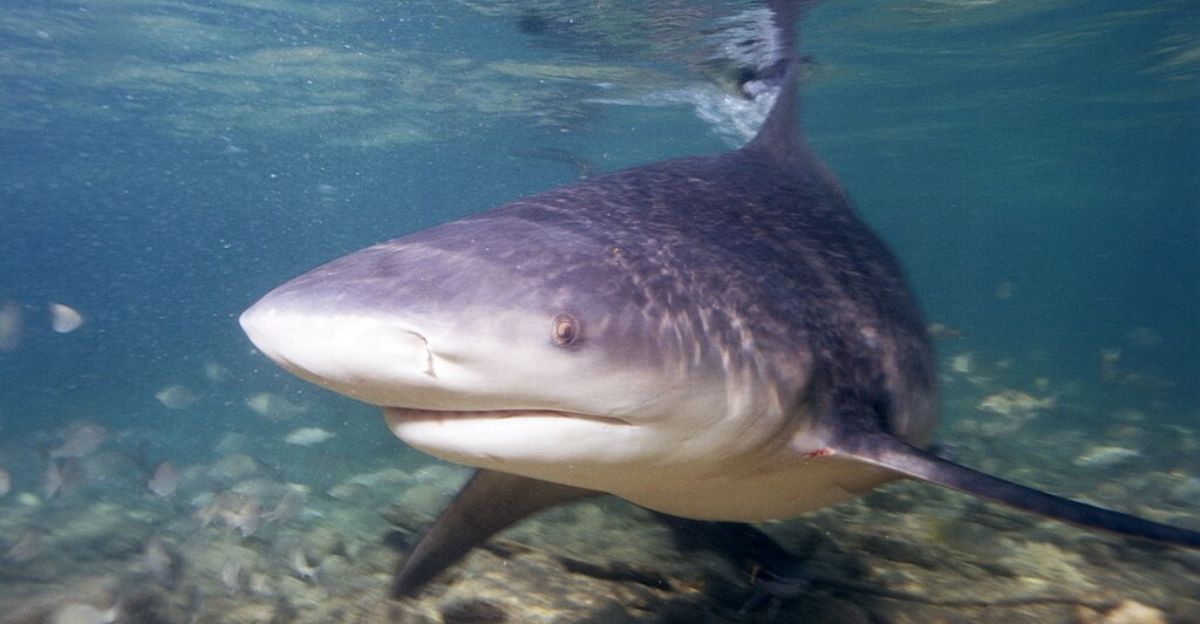
Climate change is pushing sharks into new places. Studies show that warming waters increase bull shark populations in estuaries and bays, according to NOAA Fisheries.
As warm seasons lengthen, juvenile and adult sharks may move further upriver in search of prey and suitable conditions. This means encounters inland could become slightly more common, reshaping how humans and wildlife share these waterways. The Mississippi may see more surprises ahead.
The Science of Coexistence

Scientists recommend calm, fact-based approaches to shark encounters. Tagging and tracking programs help researchers understand movements, while education efforts prepare communities, according to Smithsonian Ocean.
Healthy rivers support people, fish, and biodiversity—including, on rare occasions, bull sharks. Viewing these predators as part of a wider ecosystem rather than threats allows humans to coexist without fear. It’s about respect for the river’s complexity and the wildlife it sometimes carries.
Expect the Unexpected
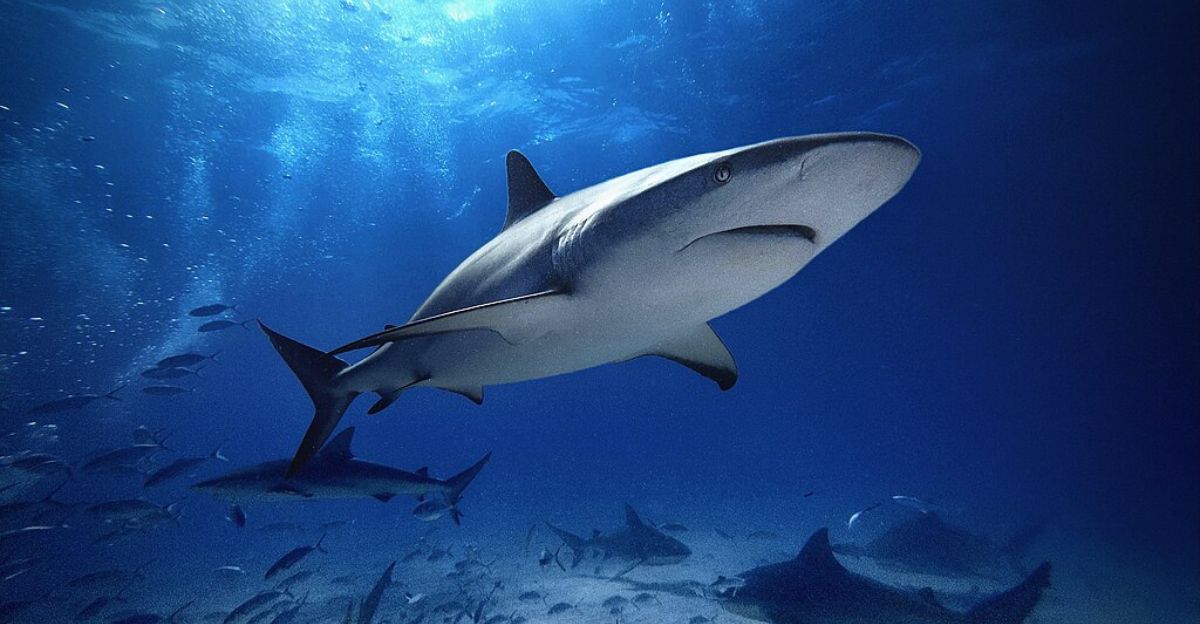
The Mississippi’s bull sharks remind us that rivers are wild and unpredictable. Their rare appearances challenge our assumptions and prove that nature respects no human boundaries, according to Smithsonian Ocean.
Sharks in the heartland aren’t about fear, but wonder. They symbolize adaptability, resilience, and the surprises hidden in everyday places. For those who depend on the Mississippi, the lesson is clear: expect the unexpected, because nature always has the final say.